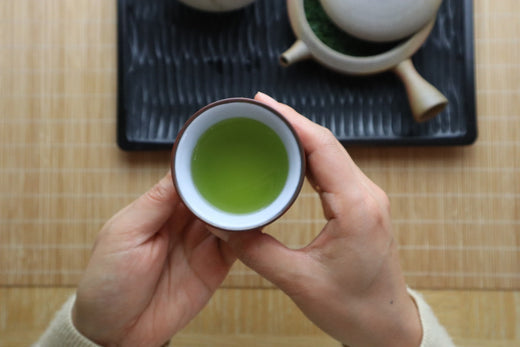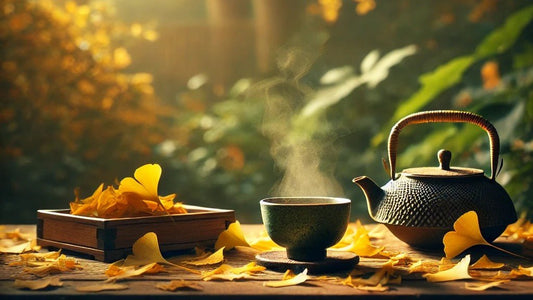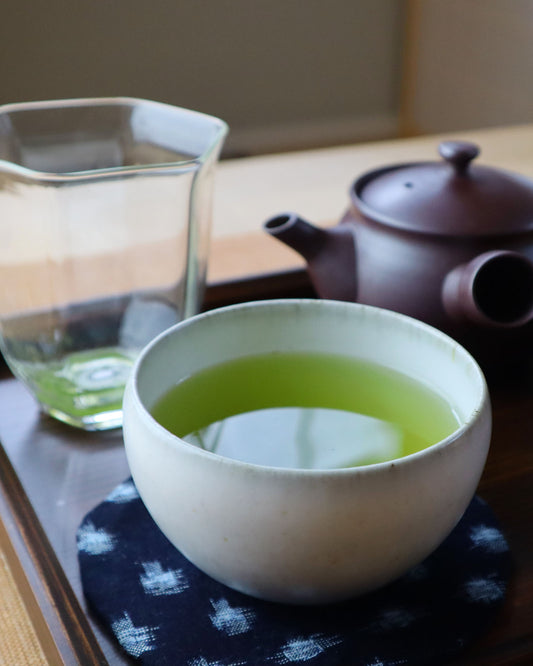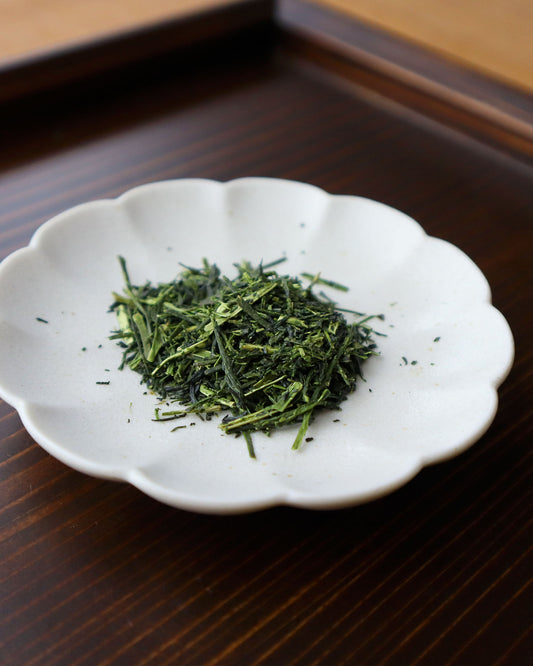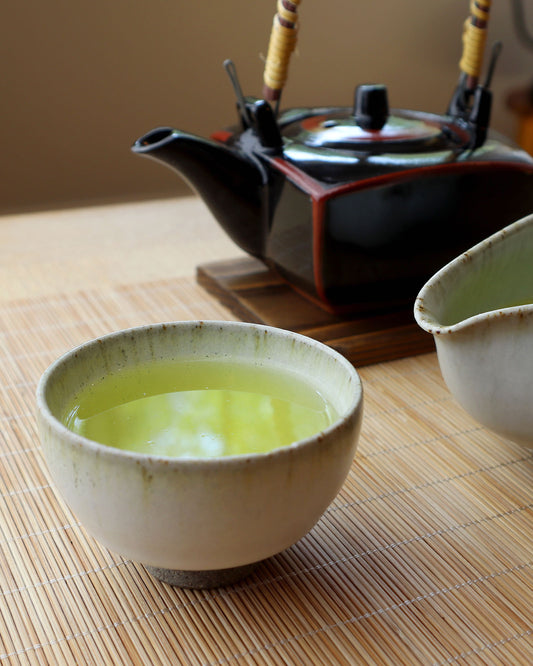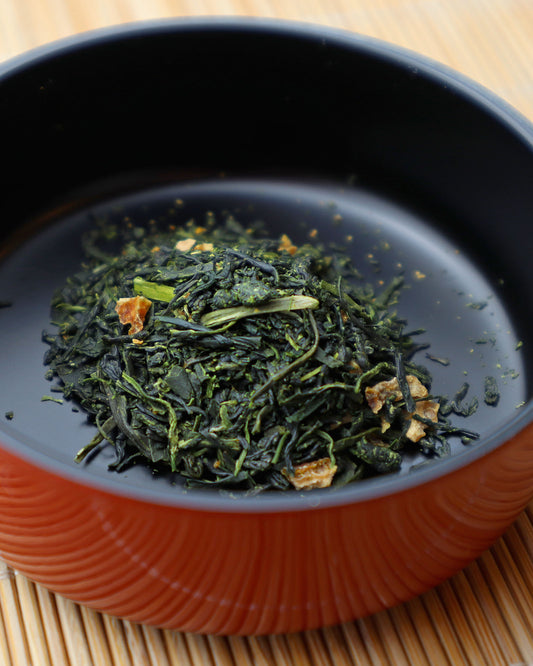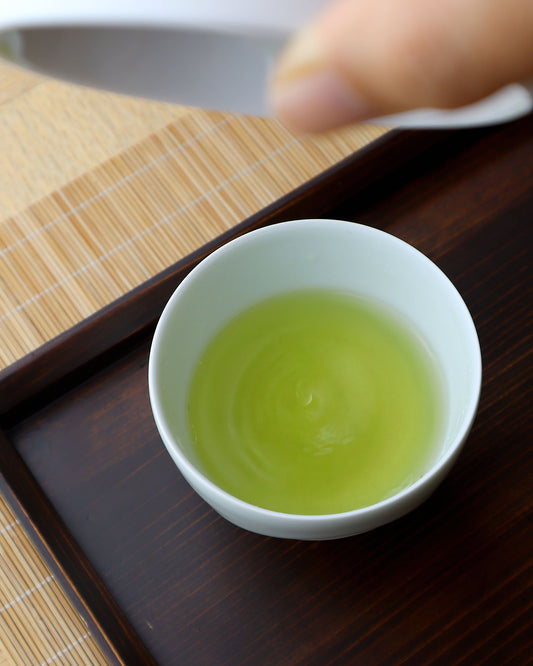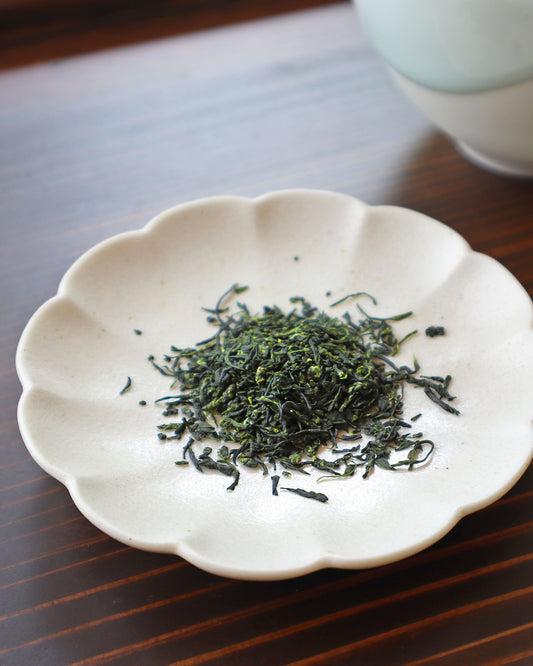In the heart of Uji, Kyoto, where matcha and the art of Japanese tea runs deep, Horii Shichimeien stands as a venerable institution with a legacy dating back to 1879. Specializing in the cultivation, production, and sale of Uji teas, this esteemed tea house offers a distinguished range of teas, including matcha, gyokuro, and sencha.

Oku no Yama Tea Garden
Horii Shichimeien's roots trace back to the Muromachi period, marked by the official recognition of seven tea gardens known as "Uji Shichimeien" by the third shogun, Ashikaga Yoshimitsu. Remarkably, Horii Shichimeien owns the sole surviving tea garden from this era, named "Oku no Yama Tea Garden." This historic garden played a pivotal role in shaping Uji tea, and to this day, it continues to yield exceptional tea leaves.
The flagship product, matcha "Narisatono," is a testament to Horii Shichimeien's dedication. Developed over two decades from the leaves of the Oku no Yama Tea Garden, this premium matcha boasts a rich aroma and smooth flavor. Similarly, their gyokuro "Oku no Yama" embodies the essence of this historic garden, offering a unique combination of rich fragrance and intense sweetness.

Horii-style Tencha Dryer
Horii Shichimeien has left an indelible mark on the history of tencha production, the tea used to make matcha. During a pivotal moment in Uji's tea industry at the beginning of the Meiji period, Chojiro Horii, the third-generation owner, foresaw the need for mechanization to secure Uji tea's future.
He developed the "Horii-style Tencha Dryer" in 1924, a groundbreaking innovation that significantly enhanced tencha quality, laying the groundwork for modern tencha production. Chojiro's generosity extended beyond his own tea house, as he shared the technology with other tea producers, influencing the entire industry. All tencha processing machines in Japan today trace their roots back to the Horii-style.
The current torchbearer of this rich legacy is Chotaro Horii, the sixth-generation owner, who passionately upholds the tradition of tea-making while nurturing the historic Oku no Yama Tea Garden. Horii Shichimeien stands as a living testament to the history and tradition of Uji tea, inviting visitors to immerse themselves in the cultural tapestry of Uji.

Guardians of Uji Tea Heritage
Situated near the Uji Byodoin Temple (the place on the 10 yen coin!), Horii Shichimeien embraces its role as a guardian of Uji tea heritage. Founded officially in 1879, the company's name is derived from the cherished Oku no Yama Tea Garden, a testament to their unwavering love and care for this sacred plot of land.
In the Muromachi period, seven tea plantations, collectively known as "Uji Shichimeien," garnered government recognition, signifying their importance in the era when Shogun Ashikaga developed a fondness for Uji tea. Horii Shichimeien safeguards the only remaining tea plantation, the Oku no Yama Tea Garden, meticulously cultivated for over 600 years, representing the living history of Uji tea.
Nurturing Quality Together
Horii Shichimeien's commitment extends beyond its own tea plantations. They actively engage in every aspect of tea production, from growing and manufacturing to selling. This comprehensive involvement ensures the delivery of high-quality Uji tea, a tradition upheld since their founding.
As Uji's tea landscape has evolved, with tea farmers and dealers assuming specialized roles, Horii Shichimeien remains a rare example of a tea house deeply rooted in all facets of Uji tea. More than a producer, with their close involvement in all aspects of Uji tea, they are a custodian of tea history and culture. Visiting Horii Shichimeien was a unique pleasure, and working with them to bring you tea is a complete honor for us.


